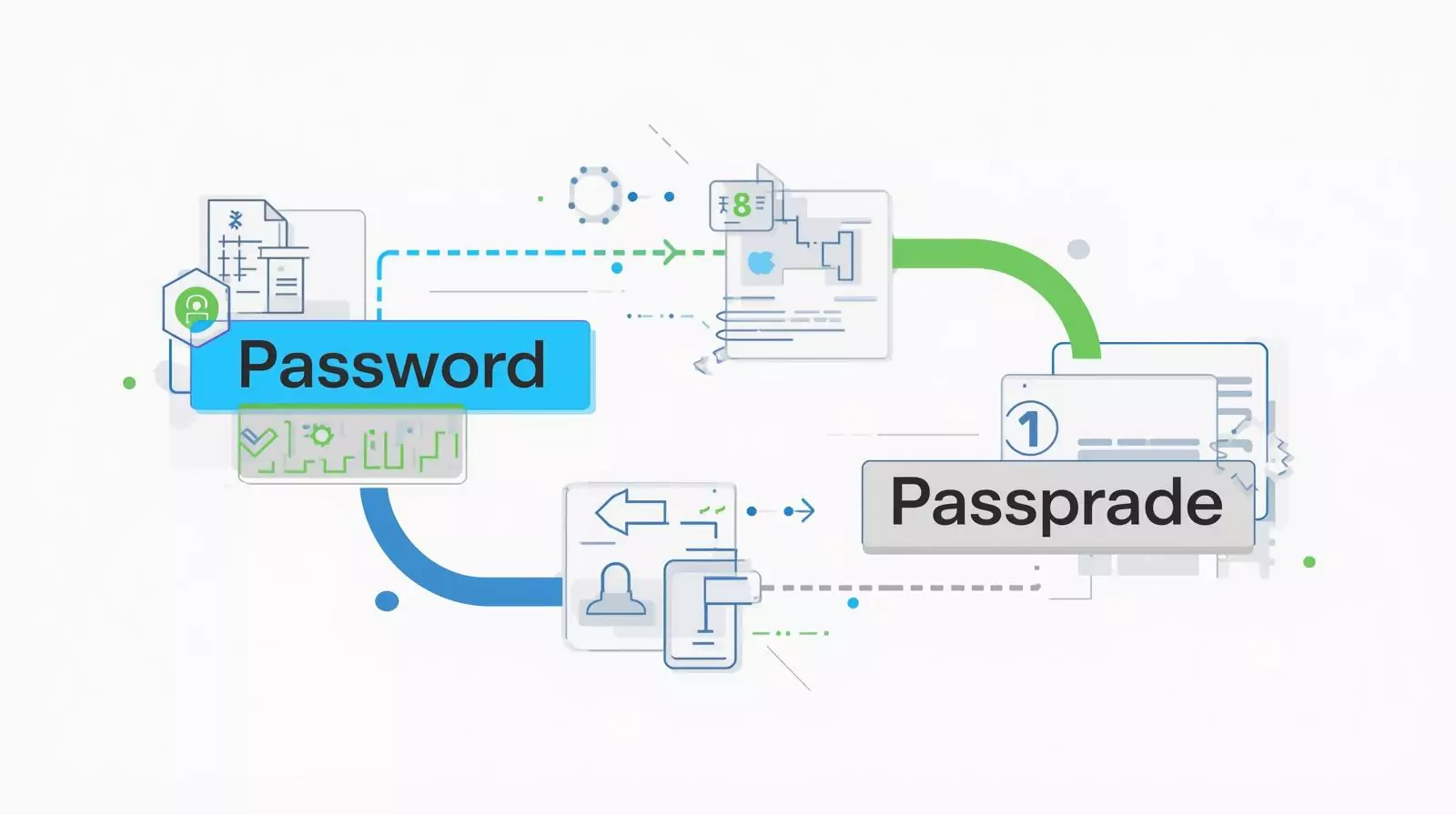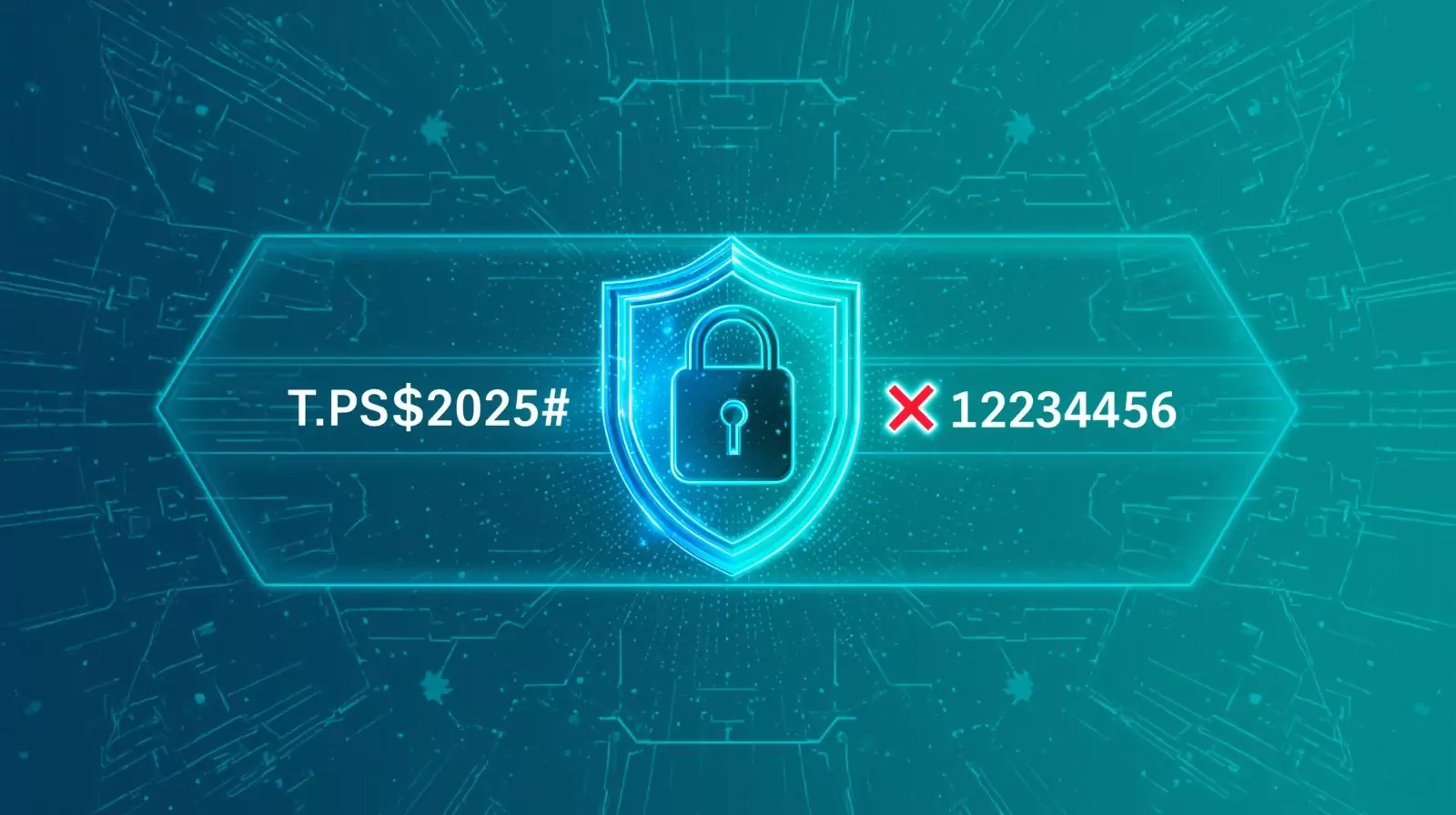Learning how hackers compromise weak passwords and how you can keep yourself safe is essential to your web security. We will walk you through the basics, address FAQs, and give you practical advice on keeping your accounts safe in this article.
Table of Contents
ToggleWhy the Topic of Password Security Matters?
Picture having your front door wide open. That’s an open invitation for thieves. An insecure password is a wide-open door for hackers. Too many don’t consider secure passwords with the seriousness that they deserve, but the statistics show a staggering percentage of hacking attacks involve broken passwords.
Hackers use powerful tools and techniques to break weak passwords that have the potential for identity theft, loss of money, and breach of privacy. As most individuals employ one and the same password on all websites, if it’s compromised, then the rest too become victims. Therefore, it’s extremely essential to know how hackers undermine weak passwords and take steps in place to render them unbreakable in order to ensure cybersecurity.
How Hackers Crack Weak Passwords

1. Brute Force Attacks
Brute force attacks are a test of all the combinations of characters until the correct password is reached. Brute force is implemented on very high-speed machines with the hope of speeding up the process. Short passwords such as “password” or “123456” are very weak because they are among the first to be attempted in brute force attacks.
2. Dictionary Attacks
In a dictionary attack, a list of dictionary words and common passwords is used by the attacker. So many individuals use easy passwords in aspects of their lives, or common words, that it is surprising the attacks actually work when they do. Sample passwords “qwerty” or “letmein” are popular targets.
3. Rainbow Table Attacks
Rainbow tables are precomputed tables utilized to match passwords hashed with hashed passwords. Hackers utilize rainbow tables to trace back hashed passwords contained within databases with ease, particularly if password hashing is weak.
4. Social Engineering & Phishing
The weakest point is actually not the password but the user. With the help of phishing emails, hackers or phishers utilize these emails in social engineering to lie to the users. They basically send a malicious link and expose their passwords.
5. Weak Password Storage
Even with a good password, unless a website or application keeps passwords securely (not in plaintext), crackers can easily crack and breach them. Ensure that websites follow good password hashing techniques.
How to Secure Yourself against Password Cracks

1. Install an Excellent, One-of-a-Kind Password on Each Account
Don’t use simple and easily guessable characters. Use a strong, good password that contains a mix of lower- and upper-case characters, numbers, and special characters. For instance, “G7!k@p9Xq#2z” is more difficult to crack than “password123.”
2. Use an Uncrackable Password
No password is entirely unbreakable, but some are more secure than others. Use a long, complex, and new password. You can even use unbreakable random-word passwords or even a password manager that will create one for you.
3. Use a Password Manager
It is daunting to maintain dozens of complex passwords. You store all your passwords in a locked safe with a password manager, so you can create and remember strong, random passwords for every account. In this manner, you only need to recall one master password.
4. Change Your Passwords Periodically
Change your passwords from time to time, particularly on important accounts such as email or banking. Changing your passwords lowers the risk in the event your passwords fall into the wrong hands without your awareness.
5. Activate Two-Factor Authentication (2FA)
Having a second level of security, such as an SMS code or authentication application, places additional barriers between a hacker who tries to enter your accounts, even when he/she has your password.
6. Test Your Password Strength
Prior to setting a password, use an online password strength test utility. This utility will analyze the password’s strength and suggest modifications. Bear in mind that a tested password will be more difficult to crack.
7. Create Passwords Online Randomly
If you are not aware of how to generate a strong password, utilize password generators to generate a random password online. Password generators generate random and high-entropy passwords that are hard for hackers to break.
Final Considerations
Poor passwords are a weak link that hackers have no issues breaching. Having a knowledge base about how hackers break passwords, by brute force, dictionary attack, rainbow tables, and social engineering, you’ll better understand the need for good, fresh passwords.
The secret to protection is forming healthy habits: use non-breakable passwords, create random password online, and check your password strength every once in a while. Don’t forget, the password manager can be your best ally in handling complicated passwords without memory requirements.
Be your own cyber defender with Create Random Password and don’t let the hackers Crack Weak Passwords. Do it now and lock down your online existence and remain one step ahead of cyber-attacks.
Frequently Asked Questions
Q1: How can I assess the strength of my password?
Password strength tools exist, and you can test your password online with them. The tools check for password strength in terms of complexity and length, giving you feedback on the same. A good password is usually a minimum of 12 characters long and usually has different character types.
Q2: What is the most secure method of generating an unbreakable password?
You can use a password generator or any online site for random password creation. Using random themes or combinations of words with numbers and punctuation gives maximum entropy. Do not use easy-to-guess things, like your name or birthday.
Q3: Is it safe to use the same password for multiple websites?
No, it’s actually not safe at all. If your one site is under issues, all the other websites with have same password can be affected. Set different passwords for each webpage.
Q4: What additional security does two-factor authentication offer my account?
After you enter your password, two-factor authentication adds more security by asking for your phone number or using the app. Without 2FA, even if some knows your password, it will be difficult for them to access your account.



